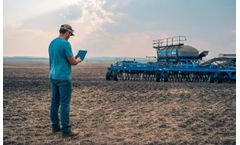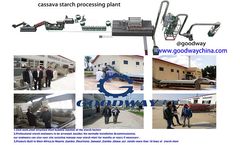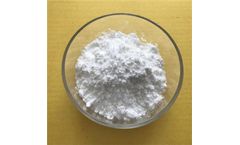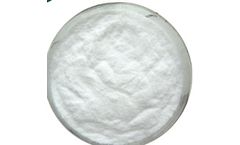Root Crop Articles & Analysis
28 articles found
Placing fertilizer within the seed row has been long-standing practice for many farmers across the prairies. Having those nutrients close to the seed makes it easily accessible by the plant, and can help the crop out of the ground and into the sun. Potash fertilizers and other nutrients, such as phosphate, are immobile fertilizers, meaning they don’t travel more than a half-inch through ...
Did you know that onions are the most cultivated crop in The Netherlands? and that it is the most widely cultivated species of the genus Allium worldwide? This crop is an herbaceous bulbous plant that is cultivated for bulb production either as biannual or perennial, depending on the cultivation conditions. Onions are among the most widely adapted vegetable crops that can be grown under a wide ...
Carbon sequestration is a critical component of ensuring sustainable soil and water management, promoting biodiversity, fostering greener food supply chains, and enhancing resilience against climate extremes. However, putting carbon farming into practice to achieve that frequently, requires further investments; such as buying new equipment, devoting time and resources to soil analysis ...
In the process of planting crops, human beings usually suffer from insect pests, which seriously affect the yield and quality of food. In order to prevent and control pests, people have to use pesticides to escort crop planting and production. Organophosphorus is a common pesticide, and improper protection can lead to farmers' organophosphorus poisoning. ...
(Velledis, 1997) has shown that between 400 and 600 kg N per ha per annum can be applied through a center pivot system spraying dairy effluent on a rotation of fodder crops The development of technology which prevents the deterioration of the subsurface drip system due to root intrusion (Ruskin, 1997) makes it practical to install the SDI system in permanent ...
Compared with SO42 -, the effect of sulfur as sulfur fertilizer on crops depends on the particle size, application rate, application mode, sulfur oxidation performance of soil and environmental conditions. ...
Knowledge of where the crop roots are pulling and what remains for stored soil moisture can help support making these complicated choices and provide you with more reassurance in your decisions. ...
A farmer’s day may be different every day during the growing season but the one constant is that each day is dedicated to doing what needs to be done for a healthy crop. Today’s growers also know that they are the custodians of the soil they farm. Our planet’s population depends on their willingness and ability to reverse the damage that some traditional farming practices have ...
The main problem of these diseases is that there is no effective control of them through chemical treatments, so once the disease takes place it causes severe damage to the crop, reducing production and quality. The most effective way to avoid the negative impact of this type of disease on our crop is through preventive measures, such as preventing the disease ...
Native starches are produced through the separation of naturally occurring starch from either grain or root crops,such as cassava, maize, and sweetpotato, and can be used directly in producing certain foods, such as noodles. ...
Starch is produced from grain or root crops. It is mainly used as food, but is also readily converted chemically, physically, and biologically into many useful products to date, starch is used to produce such diverse products as food, paper, textiles, adhesives, beverages, confectionery, pharmaceuticals, and building materials. ...
The main problem of these diseases is that there is no effective control of them through chemical treatments, so once the disease takes place it causes severe damage to the crop, reducing production and quality. The most effective way to avoid the negative impact of this type of disease on our crop is through preventive measures, such as preventing the disease ...
This not only wastes a lot of nitrogen fertilizer resources, but also increases the cost of crop production, and brings a series of problems such as soil compaction and environmental pollution. ...
This not only wastes a lot of nitrogen fertilizer resources, but also increases the cost of crop production, and brings a series of problems such as soil compaction and environmental pollution. ...
Root vegetables season The autumn start is the time when vegetable producers have a lot of work. ...
Do not allow temperatures to drop below 13 degrees Celsius, as this causes the plant to go into shock. Cannabis roots need a lot of space and tend to expand quickly, so choose a pot that allows at least 5 gallons per plant. ...
At Abbots Ripton for example, the soils are heavy, boulder clays and so are more suitable for combinable crops. “Typically, the rotation consists of two wheats, followed by either oilseed rape or beans. The rest is generally fenland which means we can grow potatoes, as well as other root crops and legumes,” says Mr Drinkwater. He ...
” She is referring to double-digging — the aeration, or loosening, of soil down to 24 inches (61 centimeters) rather than the 6 inches (15 centimeters) or so customary on most farms — which makes roots longer, stronger and healthier; quadruples nutrient availability to plants; and permits closer plant spacing. ...
ByEnsia
The results indicate that 6 hours of irrigation under given emitter flow conditions produced adequate soil moisture down to 30 cm for most shallow-rooted crops. ...
The use of flood and center pivot irrigation of crops via the waters of the Ogallala Aquifer is as hot a discussion topic as the current drought. ...

















